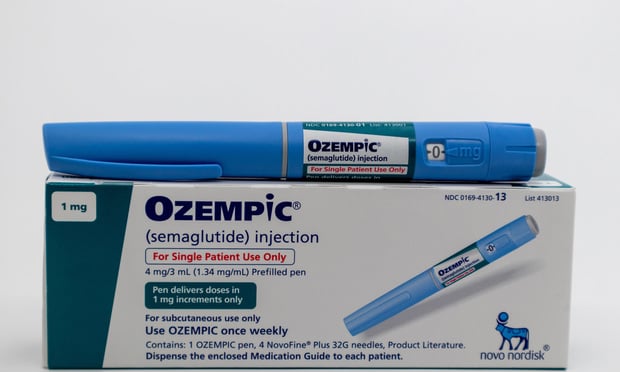In a December 2009 report, the Urban Institute tried to determine how automatic enrollment would affect employer contributions to 401(k)s. They found that companies with automatic enrollment have an average match rate that is 7 percentage points lower than companies without automatic enrollment. The authors suggest a negative relationship between auto-enrollment and match rates.
Data from the Employee Benefits Research Institute seems to contradict that, however. An advance summary from EBRI states employers who adopt automatic enrollment generally increased the employer match, and in some cases significantly.
EBRI noted two major limitations to the study published by the Urban Institute. The authors of that report "constructed an estimate for the match rate as the ratio of employer-to-employee contributions for each 401(k) plan," according to EBRI. Additionally, the data did not take into account how long auto-enrollment had been implemented in the 401(k) plan.
Recommended For You
"While the authors correctly point out that although the regressions suggest a relationship between automatic enrollment and match rates, they do not necessarily imply that auto enrollment causes lower match rates; however, this crucial qualification has been generally ignored in recent press accounts of the study," EBRI lamented.
A recent follow-up from the Urban Institute addresses the discrepancy between the two studies, citing the same limitations EBRI noted in its summary, and adding that further research is needed to better understand plan sponsors' decision making.
"Ideally, researchers would have a large sample of 401(k) plans reporting match rates before and after automatic enrollment to understand employer responses. The question of how employers respond to automatic pension enrollment is an important element of the debate over how to increase retirement income savings for all Americans."
© 2025 ALM Global, LLC, All Rights Reserved. Request academic re-use from www.copyright.com. All other uses, submit a request to [email protected]. For more information visit Asset & Logo Licensing.







